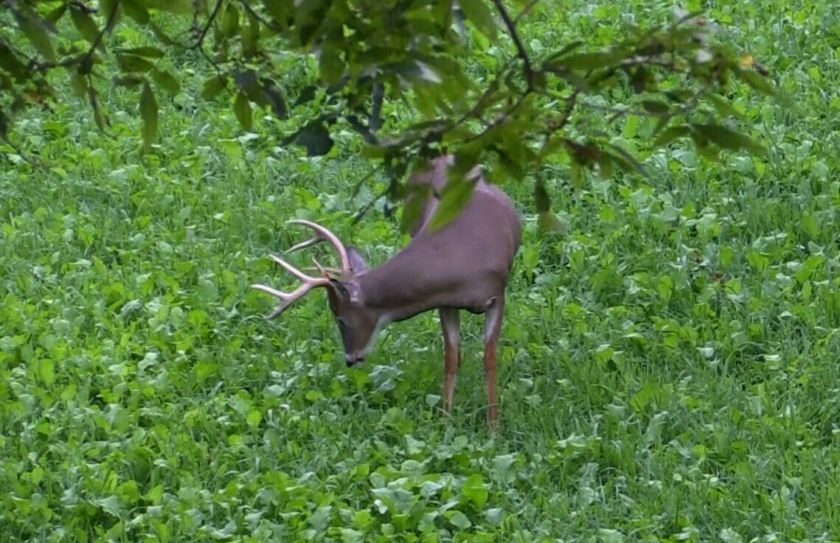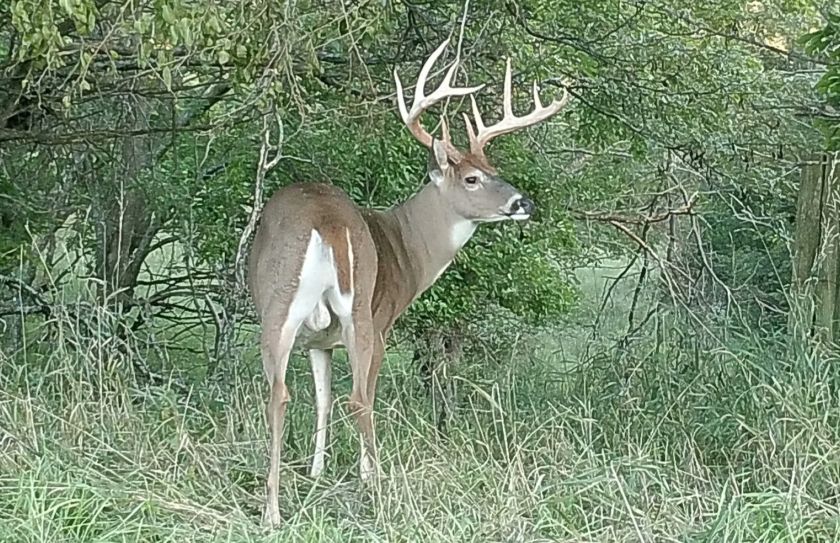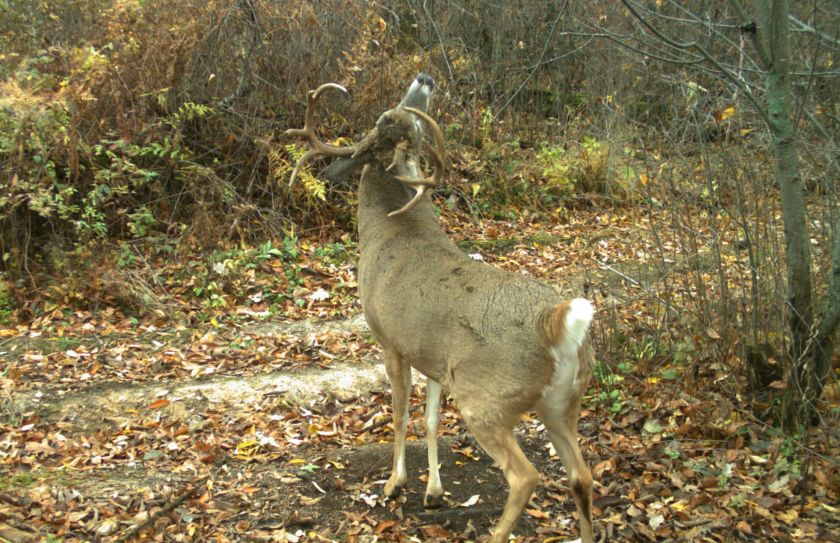
I love hunting bucks in the woods! That may seem like an obvious statement but if you scour the TV through the various outdoor hunting channels, you will discover a whole lot of hunting in open fields, food plots and agricultural settings. If your goal is to see a lot of deer than hunting in the open fields is a great choice. However, if your goal is to consistently experience opportunities with mature bucks, making sure to spend the majority of your time while hunting in the woods may be your safest bet. There are 3 major reasons to find the deer trails less traveled when choosing where to hunt this Fall:
1. Does Seek Field And Woods
While all deer are creatures of edge habitat that often include grasslands, woodlines and upland cover, doe family groups can't seem to stay too far away from their favorite food source. That places bucks even further back into the woods and away from traditional daytime bedding areas. You can expect does to enter the food sources first often because they simply don't have too far to travel. Bucks however, can often be forced well back into the cover which often makes it difficult to arrive to their favorite food prior to dark. The further you can get away from a major food source and into a stand location close to a heavily wooded buck bedding area, the more likely you are to find that time is on your side.
2. Parcel Preservation
Besides a good ole fashioned deer drive, what is the best way to spook all the deer on your land? By creating a beautiful food plot, attracting all the deer in the neighborhood to it, hunting right on top of it and then spooking all of the deer that you invited to the plot. Doe family groups will not bed near the food any longer and will be forced back into typical buck bedding areas. Bucks will then be further back into the woods and often run out of the depth of cover required to hold them during the daytime. Hunting on quick pass-thru deer travel corridors in the woods during the evening hours or on the down wind side of buck bedding areas when the sun rises, can be much safer sits.
3. Secluded Wooded Cover
The older a buck becomes the thicker and more reclusive and secure the type of cover he often seems to seek. While a wiley old buck may eventually show himself during daylight hours in the open fields and traditional doe hangouts, he spends the majority of shooting hours in the woods. My favorite locations to find the oldest buck in the neighborhood is within the wooded cover furthest away from fields, doe bedding and hunting pressure. Keying your hunting activities to find, protect and take advantage of the gems of habitat that are actually secluded enough to attract a mature buck, can pay huge rewards for you this Fall!
Deep In The Woods Or Bust
If I reflect back to the top 25 bucks I have hunted and killed, there are only 4 that I can remember finding outside of the woods. Considering that I have had as many as over 30 food plots totalling 18 acres in 3 states at one time, that is a strong indication for where I expect to run into my next mature buck encounter.
Whether it is near a secluded bedding area or somewhere on the way to or from a food source, you can expect to successfully chip away at a buck that you may be after, without disturbing his preferred afternoon dining area. Will you see a lot of deer? Probably not. However, in my experience you will have a much greater chance at harvesting a mature buck this season. You can bet I will in the woods somewhere along with you, if you choose to hunt a secluded buck hangout surrounded by deer trails less traveled.


